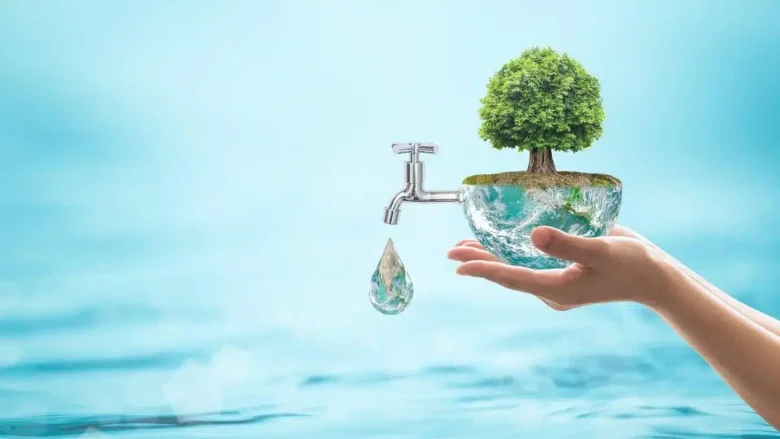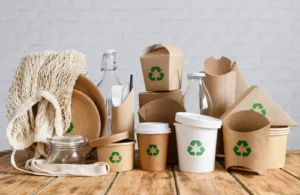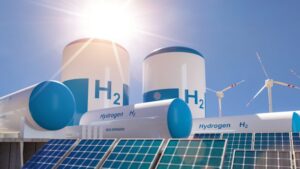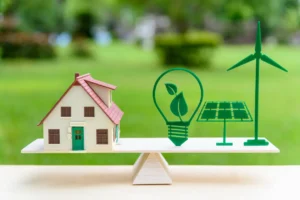Water is one of Earth’s most valuable resources, but it is becoming increasingly scarce due to population growth, climate change, and unsustainable consumption. According to the United Nations, by 2025, two-thirds of the world’s population could face water shortages. To combat this, innovative water-saving technologies are emerging across industries, homes, and communities. These solutions focus on efficiency, recycling, and alternative sources, setting the stage for a more sustainable future. This article explores some of the top water-saving technologies that are ensuring smarter water use and conservation.
Water-Efficient Irrigation Systems
Agriculture accounts for about 70% of global freshwater use, making it essential to adopt water-efficient irrigation systems to meet the growing demands of food production. Technologies like drip irrigation and center-pivot irrigation are transforming how water is used in farming. Drip irrigation delivers water directly to the plant roots in a controlled manner, minimizing wastage through evaporation or runoff. Meanwhile, center-pivot irrigation uses advanced nozzles to distribute water evenly across large fields. Sensors that monitor soil moisture levels in real-time help farmers irrigate only when necessary, ensuring crops are watered optimally without overuse. By making agricultural water use smarter and more efficient, these technologies preserve the resource while improving crop yields.
Smart Home Water Management
With water conservation now a priority for households, smart home water management systems are becoming increasingly popular. These systems leverage advanced technology, including smart meters and leak detection sensors, to optimize water use. Smart water meters track consumption in real-time and provide detailed usage reports, allowing homeowners to identify water-saving opportunities. Leak detection sensors, on the other hand, alert users to any leaks in the plumbing system, preventing water wastage that can add up over time. Additionally, smart taps and showerheads regulate flow rates, ensuring minimal water is wasted during everyday activities. These technologies empower consumers to adopt sustainable water habits, reducing both water use and utility bills.
Industrial Water Recycling
Industries are among the largest consumers of freshwater, often discharging vast amounts of wastewater containing both untreated and contaminated water. Industrial water recycling technologies are helping to close the loop by treating used water for reusability. Advanced filtration systems, reverse osmosis, and membrane technology are being deployed across industries to extract impurities and recover water from industrial processes. For instance, the textile and manufacturing industries are adopting zero-liquid discharge (ZLD) systems, which ensure that no wastewater is released into the environment. Instead, water is treated and cycled back into production processes. By integrating water recycling systems into industrial operations, businesses not only conserve water but also reduce their environmental impact significantly.
Rainwater Harvesting
One of the oldest yet most practical methods of saving water, rainwater harvesting is being reinvented with modern engineering and design. It involves collecting and storing rainwater from rooftops, surfaces, or other catchment areas for later use in irrigation, flushing, or even drinking. New systems incorporate advanced filtration and UV treatment technologies to ensure that collected rainwater meets potable standards. Many homes and commercial buildings now integrate rainwater tanks that automatically detect rainfall and adjust collection systems accordingly. Rainwater harvesting is particularly effective in areas with seasonal rainfall, providing a sustainable backup water source and reducing dependence on municipal supplies.
Wastewater Treatment and Reuse
Wastewater treatment and reuse technologies are playing a vital role in extending the life cycle of water. Advanced wastewater treatment plants are equipped with biological filters, UV disinfection, and chemical treatment systems to transform waste-laden water into a reusable resource. Treated wastewater can be safely used for landscaping, agriculture, and industrial cooling systems. Some cities and municipalities are even reintroducing treated wastewater into the groundwater supply, a process known as aquifer recharge. By treating and reusing wastewater, communities can significantly alleviate pressure on freshwater resources and create a more sustainable urban water cycle.
Desalination Technologies
With oceans making up 97% of the Earth’s water, desalination technologies are critical for addressing water scarcity in coastal regions. Modern desalination plants use advanced methods like reverse osmosis and multi-stage flash distillation to remove salt and impurities from seawater, turning it into drinkable freshwater. However, traditional desalination methods have often been criticized for their energy-intensive nature. Today, advancements in renewable energy-powered desalination and energy-recovery systems are making the process more sustainable and cost-effective. Nations like Israel, Saudi Arabia, and Australia are leading the way in integrating desalination technologies into their water infrastructure, providing a reliable water source even in arid climates with limited freshwater availability.
Conclusion
Water-saving technologies are essential for combating the growing threats of water scarcity and environmental degradation. From agriculture to industry and homes, these innovations are transforming how we use, manage, and conserve water. Adopting such technologies not only helps protect one of our planet’s most precious resources but also ensures a sustainable future for generations to come. Whether you’re an individual, a business owner, or a policymaker, it’s time to prioritize water conservation and leverage these groundbreaking solutions. Together, we can secure a future where water remains abundant and accessible for all.
FAQs
1. Why is water conservation important?
Water conservation is vital to ensure the availability of freshwater for future generations. It also helps maintain ecosystems, reduce water-related costs, and mitigate the impact of droughts and water shortages.
2. Are water-saving technologies expensive to implement?
The cost of implementing water-saving technologies varies depending on the system and scale. While some solutions, like smart meters or water-saving showerheads, are affordable for households, others, like desalination plants, require significant investment. However, the long-term savings and environmental benefits often outweigh the initial costs.
3. Can desalination solve global water scarcity?
Desalination is a valuable solution for water-scarce regions, especially in coastal areas, but it is not a complete solution. It must be used alongside water conservation measures and other technologies to address global water scarcity comprehensively.
4. What are simple steps individuals can take for saving water at home?
Individuals can install water-efficient devices like low-flow showerheads, fix leaks promptly, collect rainwater, use dishwashers and washing machines only with full loads, and adopt mindful usage habits like turning off taps while brushing.
5. How do industrial water recycling systems work?
Industrial water recycling systems typically remove impurities from wastewater using advanced filtration, reverse osmosis, or membrane technology. The cleaned water is then reused in industrial processes, reducing overall freshwater consumption and wastewater discharge.




